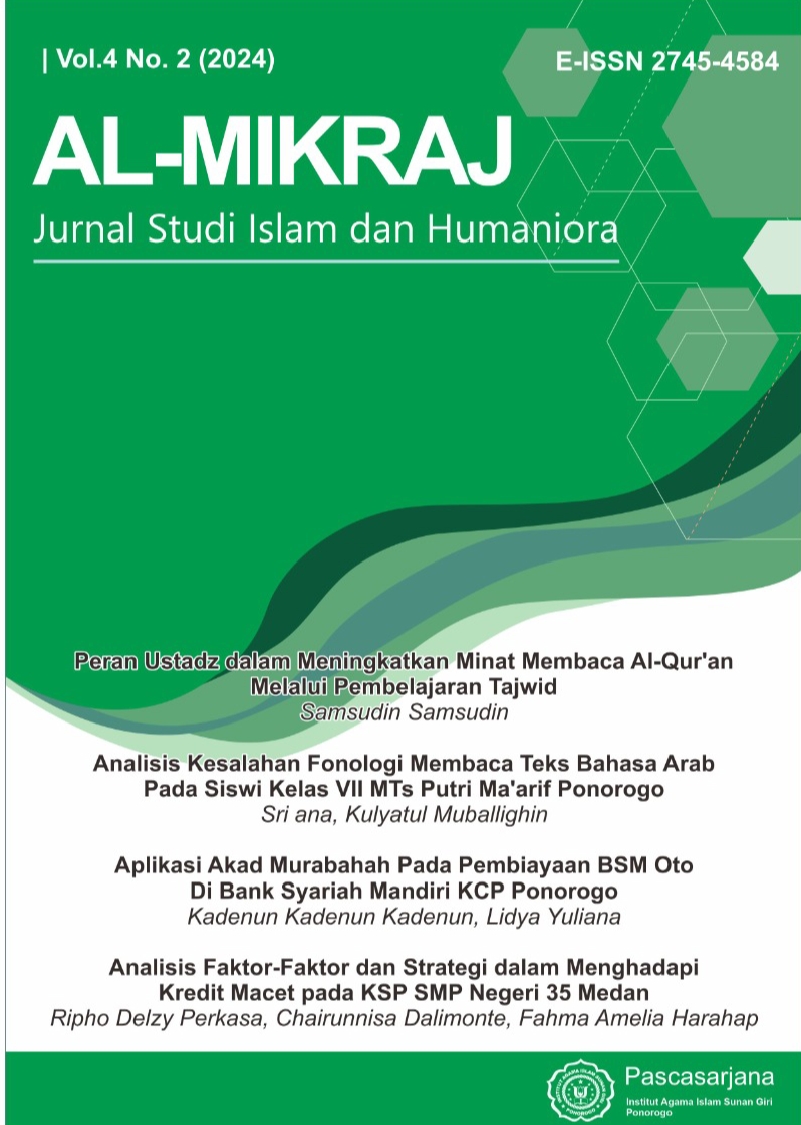Analisis Forecasting Produksi dan Konsumsi Komoditas Sayuran Sawi (Brassica juncea L)
DOI:
https://doi.org/10.37680/almikraj.v4i02.5115Keywords:
Estimation, Consumption, Forecasting, Sawi, TrendAbstract
This research aims to determine the estimated trend of mustard greens production and consumption in Bengkulu Province for the next 10 years 2022 - 2031. This research was conducted in Bengkulu Province using secondary data, with analysis using the least squares method. The results of this research show that the predicted trend in the estimated production of mustard greens (Brassica juncea L) in Bengkulu Province in 2022 - 2031 shows a straight line movement from bottom left to top right, that mustard greens production tends to increase, with the average growth being 0.989 percent per year starting from the forecast year for mustard greens (Brassica juncea L) commodities in the next 10 year period for Bengkulu Province, the average growth is 0.989% per year, starting from 2022 amounting to around 32,782 tons, in 2023 amounting to around 32,839 tons, in 2024 amounting to around 32,897 tons, in 2025 totaling around 32,954 tons, in 2026 totaling around 33,012 tons, in 2027 totaling around 33,070 tons, in 2028 totaling around 33,120 tons, in 2029 totaling around 33,185 tons, in 2030 totaling around 33.24 tons, in 2031 amounting to around 33,305 tons. The estimated trend of consumption of mustard greens (Brassica juncea L) in Indonesia in 2022 - 2031 shows a straight line movement from bottom left to top right, that consumption of mustard greens tends to increase, with an average growth of 1.144 percent per starting from 2022 amounting to around 1.65 tonnes, in 2023 amounting to around 1.66 tonnes, in 2024 amounting to around 1.68 tonnes, in 2025 amounting to around 1.69 tonnes, in 2026 amounting to around 1.7 tonnes, in 2027 amounting to around 1.72 tons, in 2028 amounting to around 1.73 tons, in 2029 amounting to around 1.74 tons, in 2030 amounting to around 1.75 tons, and in 2031 amounting to around 1.76 tons.





